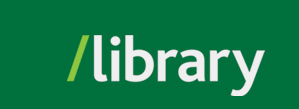Images are powerful tools for communicating information, used widely by news providers as part of their reporting. These images can, however, be manipulated and presented as “evidence” for something fictitious, such as fake/misleading news. Recognizing manipulated images is an indispensable skill in today’s information landscape, whether you want to verify the authenticity of a news story, or understand the process behind creative photo-manipulation work.
You can use Google Images to research or verify the authenticity of a photo. For example, if you come across an old image of cows grazing in front of the UBC Main Library, you might question if these animals ever did roam the campus.
To do a reverse image search for the cows in question, go to Google Images. Click on the camera icon as seen below to upload the image.
We’ve uploaded this image, and the search results include Google’s best guess for the source, some suggested websites (often merchandise related), other visually similar pages, and pages that include the matching image. The page marked below in red provides an archivist’s explanation of how this photo was actually created from two separate images.
Now let’s say you’ve been presented with an image of the Italian city of Venice, and the canals appear to be frozen over. Skeptical? Simply conduct another reverse image search. Again, the search results will typically include similar photos, along with websites where the image has appeared in the past. Notice the following example, where the reverse image search results include the date and URL where the image previously appeared:

Some quick research on weather reveals that Europe went through a cold wave in early 2012, cold enough to freeze the canals in Venice.
© , University of the Fraser Valley, 33844 King Road, Abbotsford, B.C., Canada V2S 7M8

